Hormones run the show — from your energy and sleep to mood, menstrual cycle, metabolism and fertility. The good news: food is one of the most powerful, natural levers we have to support healthy hormone production, clearance and signaling. Below I break down 12 specific foods to add to your weekly rotation, why they help (the biology), how to eat them, and precautions so you get benefit without risk.
First: a quick science primer so the “why” makes sense.
How food actually affects hormones — the short science (easy to use)
- Many steroid hormones (estrogen, progesterone, testosterone, cortisol) are made from cholesterol and need dietary fats and the body’s lipid pathways to be available for hormone synthesis. Supporting healthy fats and cholesterol balance is part of hormone health. NCBI
- Chronic inflammation and poor blood-sugar control blunt hormone signaling (insulin, sex hormones) and amplify symptoms like fatigue and mood swings — nutrients that reduce inflammation (Omega-3s, antioxidants) help restore balance. PMC
- The liver and gut microbiome chemically modify hormones (especially estrogen). Dietary fiber and a healthy microbiome promote estrogen clearance and help keep hormone metabolites in healthier patterns. PMC
- Certain plant compounds (found in cruciferous vegetables) shift estrogen metabolism toward less-potent pathways (via indoles like I3C and DIM). This can be helpful when estrogen dominance is suspected. PMC
- The thyroid (a master metabolic/hormone organ) needs trace minerals such as selenium and iodine to make and activate thyroid hormones — these nutrients are essential but have a narrow safe range. Office of Dietary Supplements
(Whenever I use a claim like “this helps estrogen metabolism” I’m pointing to peer-reviewed mechanisms above — scroll to the Sources at the end for the original studies and reviews.)
The 12 foods — what to eat, the hormone science, and practical tips
1) Fatty fish (salmon, sardines, mackerel)
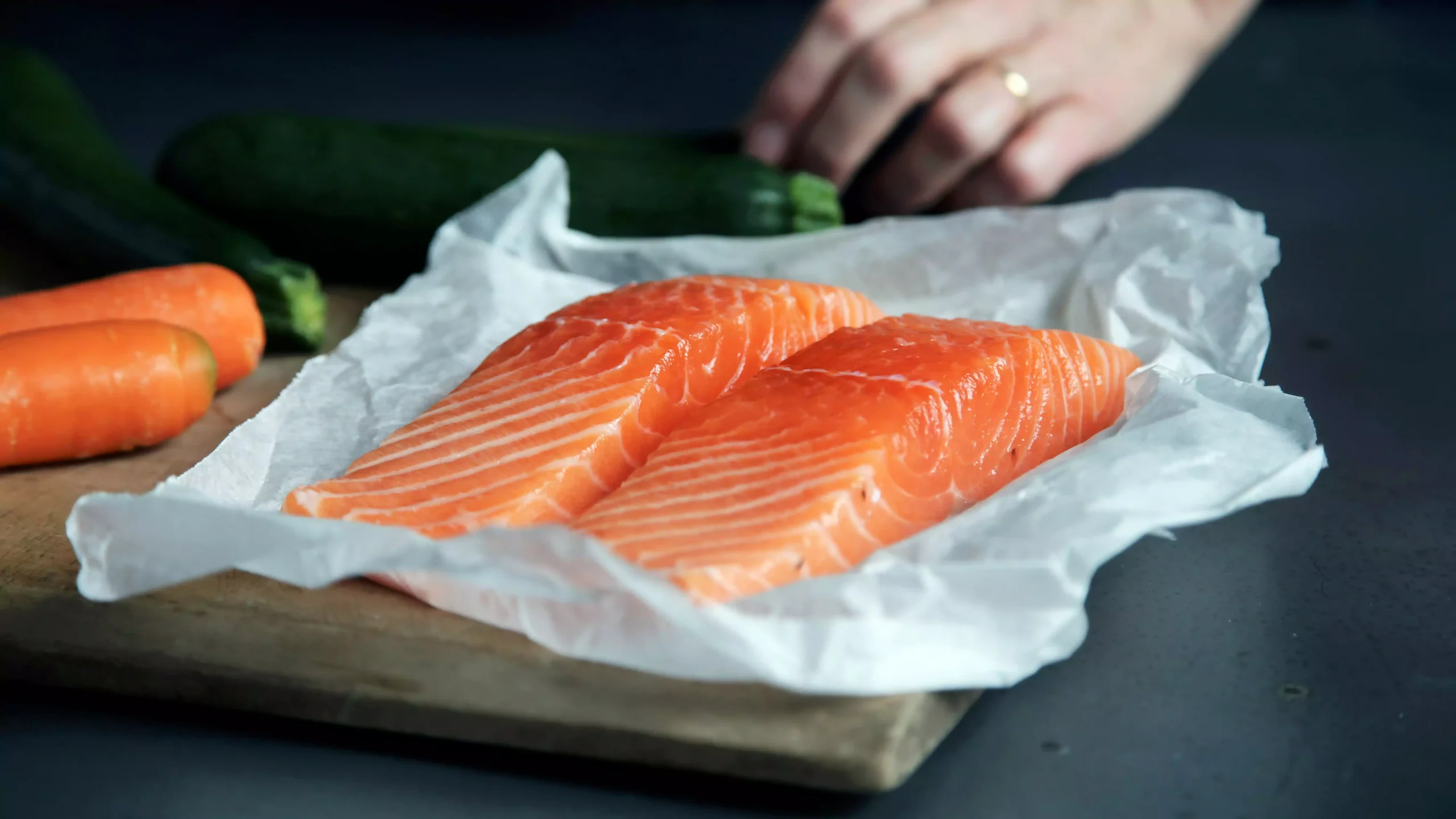
Why it helps: Rich in EPA and DHA (long-chain omega-3s) which reduce systemic inflammation, support brain neurotransmitters (mood), and help insulin sensitivity — all of which improves hormonal signaling and resilience. Fatty fish also supply vitamin D (important for reproductive hormones and mood). PMC
How to eat: 2–3 servings per week (3–4 oz cooked per serving). Bake, pan-sear or add canned sardines to salads.
Tip: Pair with leafy greens and a sprinkle of seeds for fiber + healthy fat synergy.
Caution: Choose low-mercury options (salmon, sardines) if pregnant or trying to conceive.
2) Leafy greens (spinach, kale, Swiss chard)

Why it helps: High in magnesium, folate and phytonutrients. Magnesium is important for hundreds of enzyme reactions including those that regulate insulin, stress hormones and PMS symptom reduction. Folate supports methylation pathways that help detoxify excess hormones.
How to eat: A big handful daily — in smoothies, omelettes, stir-fries or salads.
Tip: Lightly cook some greens (wilted spinach) to increase absorption of some nutrients.
3) Cruciferous vegetables (broccoli, cauliflower, Brussels sprouts)

Why it helps: Contain glucosinolates that are metabolized to indole-3-carbinol (I3C) and 3,3′-diindolylmethane (DIM). These compounds help shift estrogen metabolism toward less-potent metabolites and support liver detoxification pathways — useful when estrogen dominance (heavy periods, PMS, fibrocystic breasts) is a concern. PMC
How to eat: 3–5 servings a week; steaming or light roasting preserves benefits.
Caution: Very high raw intakes in iodine-deficient people may influence thyroid function — cook if you have known thyroid problems and consult your clinician.
4) Flaxseed & chia seeds
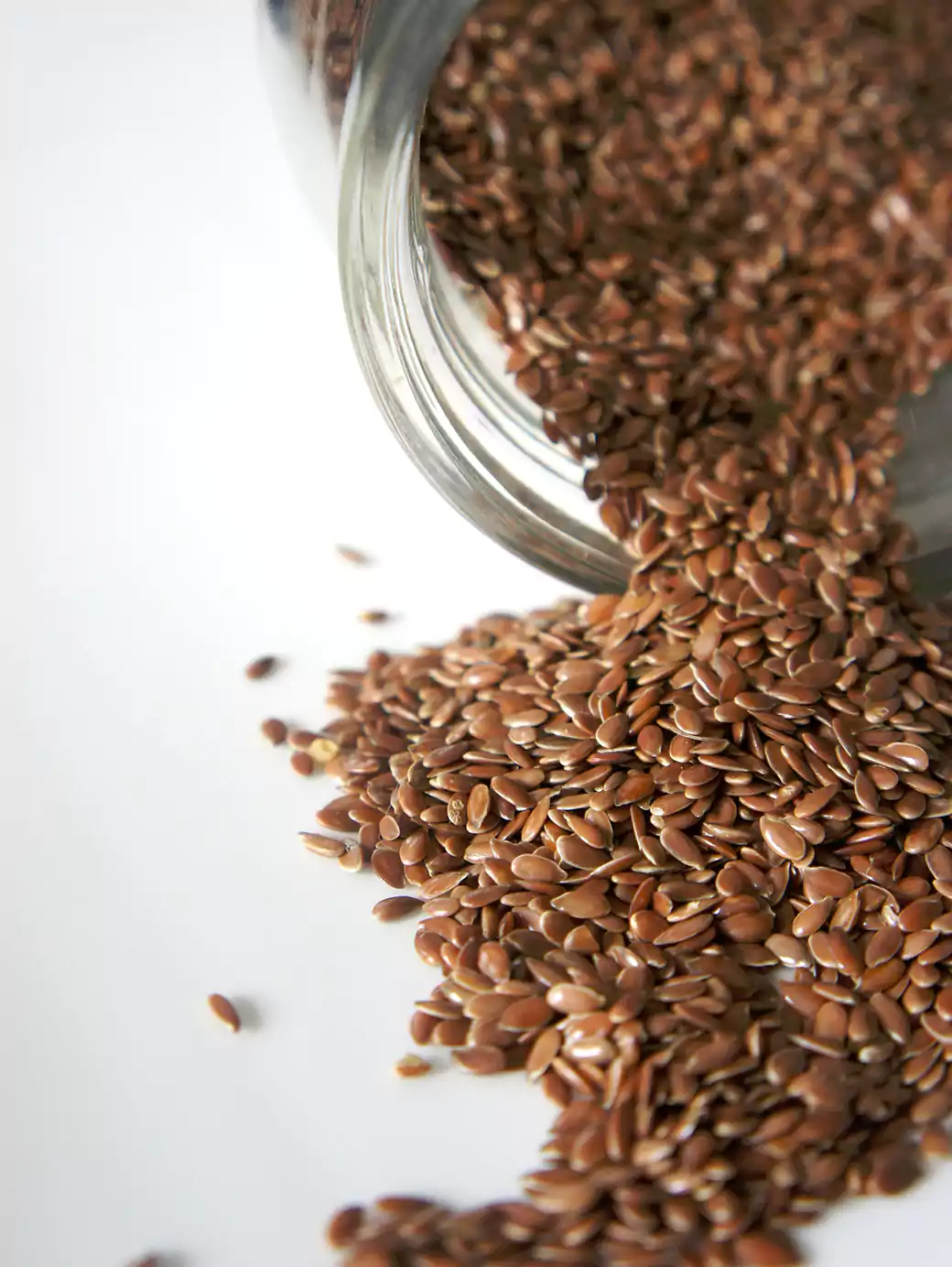
Why it helps: Flaxseed is high in lignans, plant compounds that act as mild phytoestrogens and can modulate estrogen activity. Seeds also deliver fiber and ALA omega-3s for blood-sugar control and gut health.
How to eat: Grind flaxseed (1 tbsp/day) and add to yogurt, oatmeal or smoothies; chia acts as a thickener and fiber source.
Tip: Start small and increase to avoid GI upset.
5) Fermented foods (yogurt, kefir, sauerkraut, miso)

Why it helps: The gut microbiome (the “estrobolome”) controls deconjugation and reabsorption of estrogens and produces metabolites that affect hormone signaling. Probiotic-rich foods can support balanced estrogen metabolism, reduce bloating, and improve mood via the gut-brain axis. PMC+1
How to eat: A small daily serving — a bowl of probiotic yogurt or a shot of kefir. Rotate different fermented foods for microbial diversity.
Caution: If you have histamine sensitivity, introduce fermented foods slowly.
6) Avocado & extra-virgin olive oil

Why it helps: Monounsaturated fats are stable, anti-inflammatory fats that support hormone synthesis (steroid hormones need fat) and improve lipid profiles and insulin sensitivity. Avocado also supplies vitamin E and potassium which support adrenal health and fluid balance. NCBI
How to eat: Use olive oil for dressings; add half an avocado to salads or smoothies daily.
7) Eggs

Why it helps: Whole eggs are a compact source of protein, cholesterol (a raw material for steroid hormones), choline (important for liver methylation and neurotransmitters) and B vitamins — supporting both hormone synthesis and detoxification.
How to eat: 3–7 eggs a week depending on your diet pattern; poached, scrambled, or baked into frittatas.
8) Berries (blueberries, strawberries, raspberries)
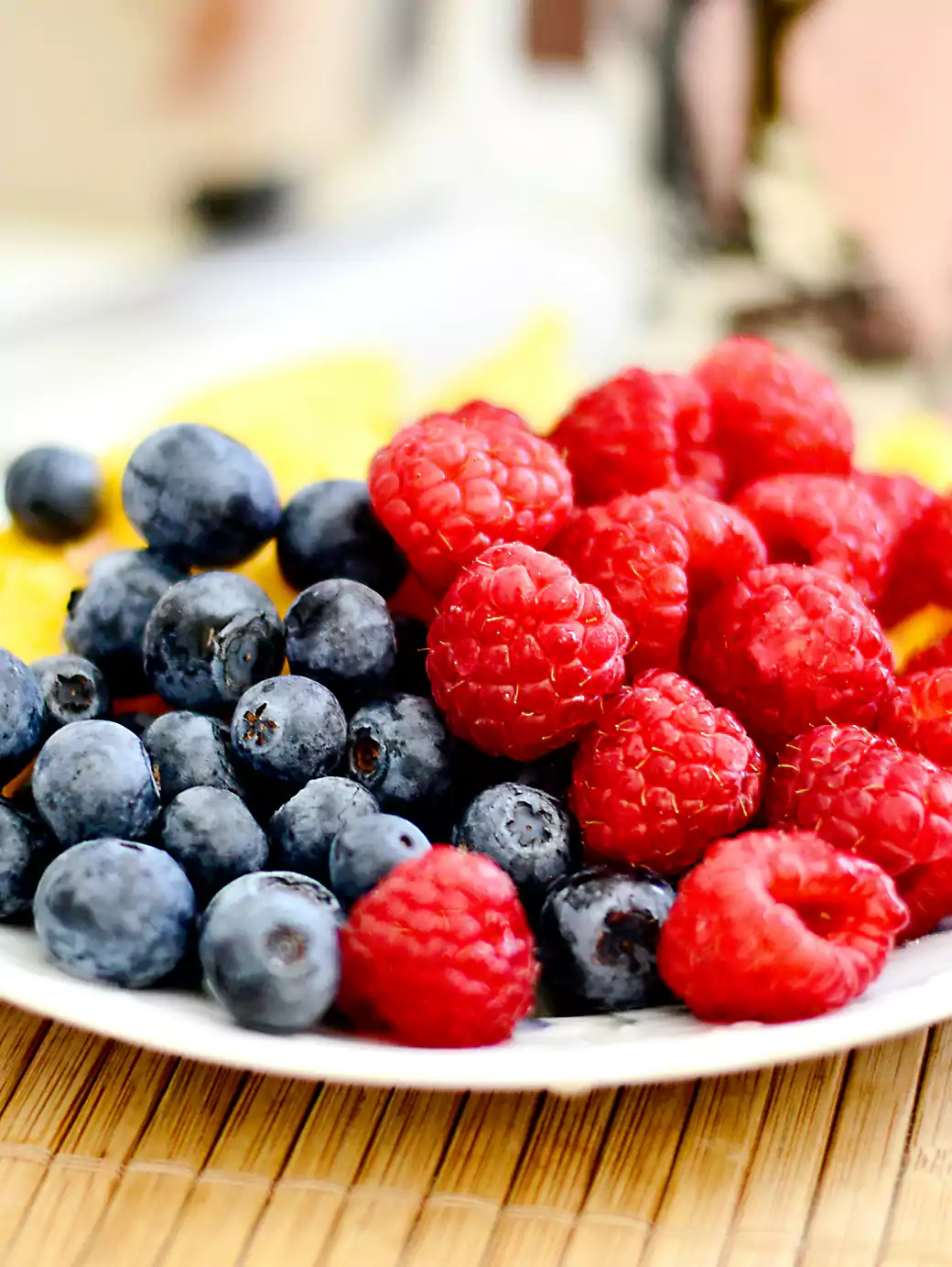
Why it helps: Berries provide antioxidants and fiber; they reduce oxidative stress and help insulin sensitivity — important for PCOS and menstrual regularity. Their fiber also helps fecal removal of hormone metabolites.
How to eat: 1 cup daily as snack, breakfast topping, or in smoothies.
9) Whole grains & legumes (oats, quinoa, lentils, chickpeas)
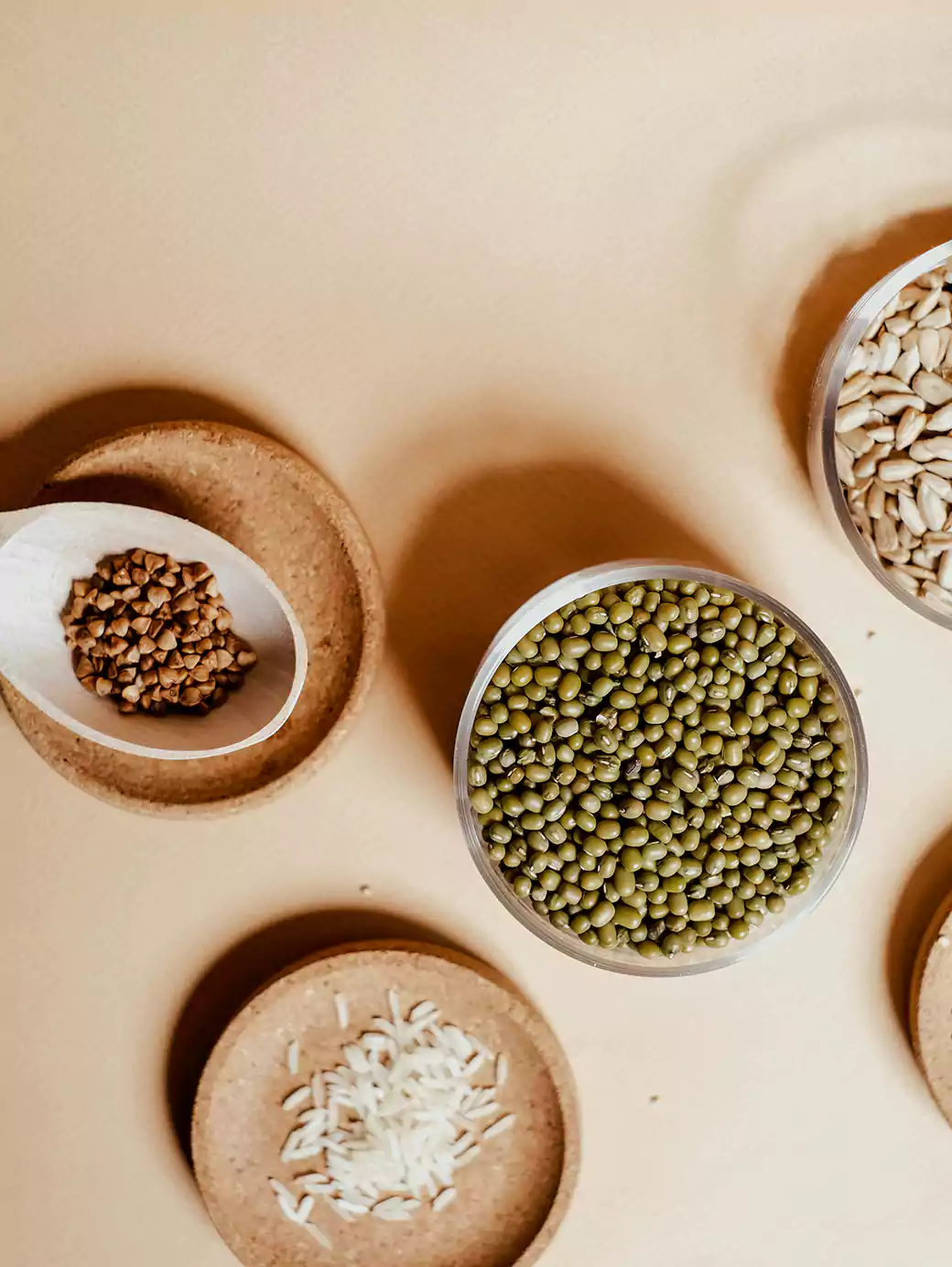
Why it helps: Provide steady carbohydrate with fiber and B vitamins — stabilize blood sugar and insulin, which is a major lever for balancing sex hormones. B vitamins (especially B6 and B12) support neurotransmitter balance and energy.
How to eat: Aim for whole-grain breakfasts (oats), 3–5 cups cooked beans/legumes across a week. Replace refined grains with whole options.
10) Brazil nuts & zinc-rich seeds (pumpkin seeds)

Why it helps: Selenium (Brazil nuts) is essential for thyroid enzyme function and antioxidant defense; zinc (pumpkin seeds) supports ovarian function, ovulation, and is helpful for PMS and menstrual cramps. Selenium and zinc work with iodine to make and activate thyroid hormones. Office of Dietary Supplements+1
How to eat: 1–3 Brazil nuts per day (selenium is potent — don’t overdo it). 1–2 tbsp pumpkin seeds sprinkled on salads or yogurt.
11) Seaweed (nori, wakame, kelp) — in moderation
Why it helps: Seaweed is an iodine-rich source that the thyroid uses to produce T3/T4 hormones. For people with iodine deficiency, a bit of seaweed can be hormone-supportive. Office of Dietary Supplements
How to eat: Small amounts (eg. a sheet of nori, or wakame in miso soup) once or twice weekly — do not consume large portions daily because excess iodine can cause thyroid dysfunction.
Caution: If you have thyroid disease or take thyroid meds, check with your clinician before adding seaweed.
12) Soy and fermented soy (tofu, tempeh, miso)

Why it helps: Soy contains isoflavones (phytoestrogens) that can act as estrogen modulators — sometimes providing mild estrogenic effects when estrogen is low, and sometimes blocking stronger estrogens when levels are high. Fermented soy (tempeh, miso) also supports gut microbes. Many studies show soy can be safe and helpful for hot flashes and menopausal symptoms in moderation.
How to eat: Swap in tofu or tempeh a few times per week. Prefer whole soy foods over isolated supplements.
Caution: If you have a thyroid condition or take thyroid medications, consult a clinician (soy can interact in some contexts).
Putting it together: a sample hormone-balancing day
- Breakfast: Oat porridge with 1 tbsp ground flax, a handful of berries, and a soft-boiled egg.
- Lunch: Salad with spinach, grilled salmon, avocado, pumpkin seeds and olive oil dressing.
- Snack: Kefir or yogurt with a few chopped Brazil nuts.
- Dinner: Stir-fry with tofu/tempeh, broccoli, kale and quinoa.
Small, protein-rich snacks between meals help stabilize blood sugar and insulin.
Quick practical rules (easy to remember)
- Prioritize protein + healthy fat at each meal to stabilize insulin.
- Eat fiber at every meal (veg, whole grains, seeds) to help hormone clearance.
- Rotate fermented foods for gut health.
- Include a serving of fatty fish 2–3x weekly.
- Be careful with iodine (seaweed) and supplements — more is not always better.
Common questions (FAQs)
Q: Can these foods “fix” hormonal disorders like PCOS or hypothyroidism?
A: Food is a powerful support but not a guaranteed cure. For conditions like PCOS, hypothyroidism, or severe hormonal imbalance, nutrition helps a lot (improves symptoms, insulin sensitivity, inflammation) but should be used alongside medical care. Early dietary changes can produce noticeable symptom improvements (energy, cycle regularity) in weeks to months.
Q: Is soy bad for my hormones?
A: Whole soy foods in moderation are generally safe and can be helpful — fermented soy may be preferable. Avoid mega-doses of soy isoflavone supplements unless supervised.
Q: How quickly will I feel a difference?
A: Some people notice better energy and mood in 1–3 weeks (when blood sugar stabilizes). Hormonal shifts like cycle regularity can take 2–3 months as the body rebalances.
Q: Should I take supplements instead of food?
A: Food first. Supplements can help in targeted deficiency (eg. vitamin D, selenium, omega-3s) but should be guided by tests and clinical advice to avoid excess.
Safety & special notes
- If you’re pregnant, breastfeeding, taking hormone replacement, or on thyroid medication — check with your clinician before making large diet shifts or starting supplements.
- For selenium (Brazil nuts) and iodine (seaweed), small amounts are helpful; high doses can be harmful. Office of Dietary Supplements+1
Sources & further reading (key, load-bearing references)
- StatPearls. Biochemistry, Cholesterol — cholesterol as a precursor for steroid hormones. NCBI
- Mehdi S. et al., 2023. Omega-3 Fatty Acids Supplementation in the Treatment of Depressive Symptoms. (Review on omega-3s, inflammation, mood). PMC
- Zengul AG et al., 2020. Associations between Dietary Fiber, the Fecal Microbiota and Estrogen Metabolism. (Fiber, microbiome and estrogen). PMC
- Reyes-Hernández OD et al., 2023. 3,3′-Diindolylmethane and indole-3-carbinol (DIM/I3C and estrogen metabolism). PMC
- NIH Office of Dietary Supplements — Selenium (health professional fact sheet) — selenium and thyroid biology. Office of Dietary Supplements
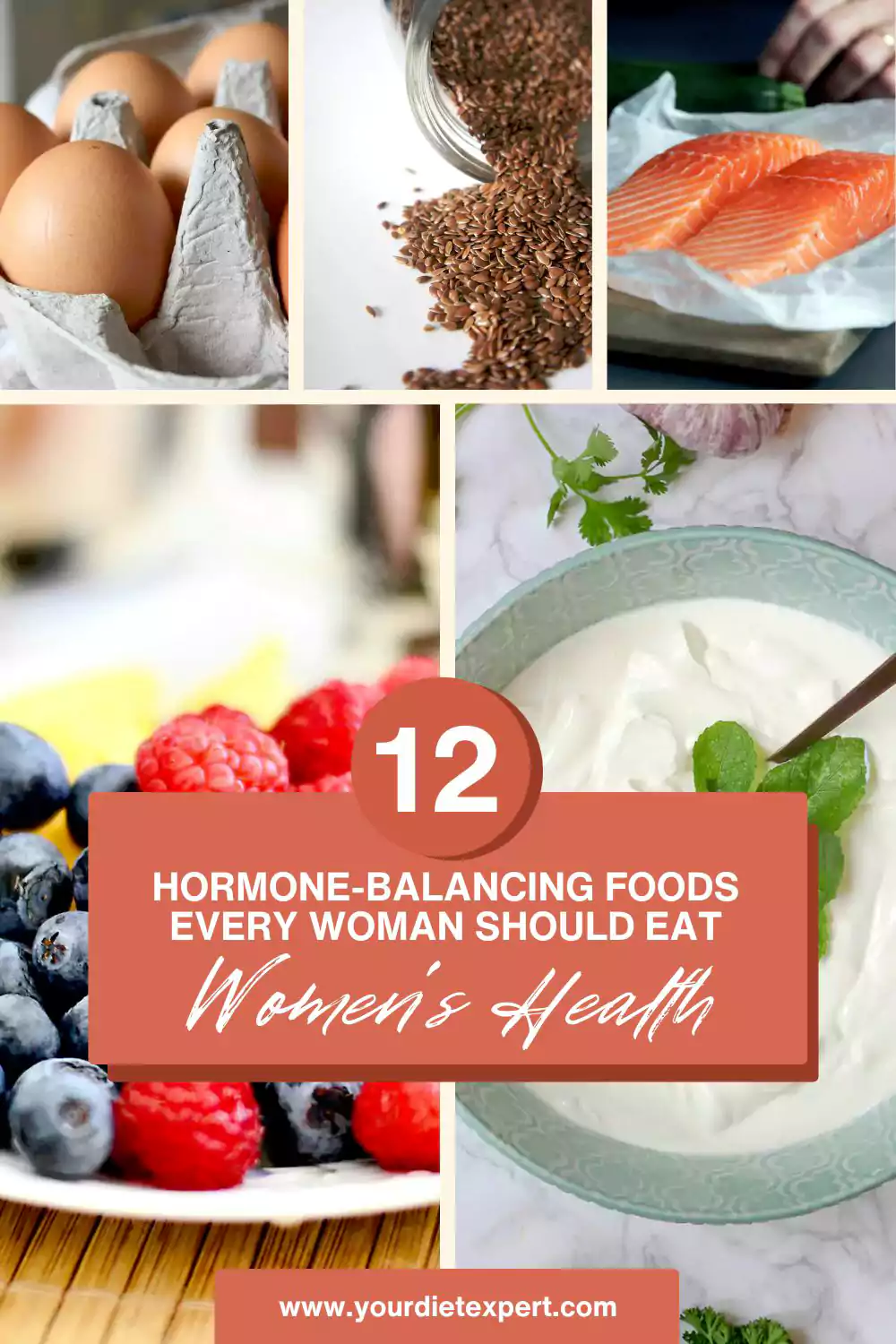



Leave a Reply